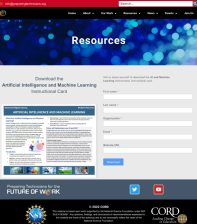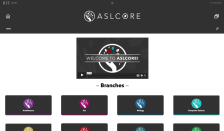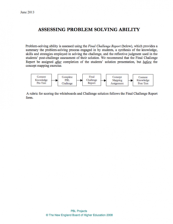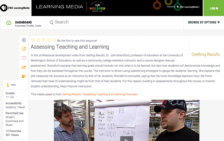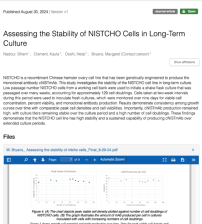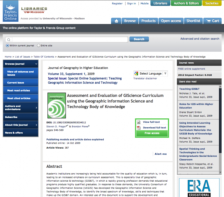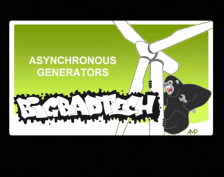Browse Resources
Resources |
|---|
This scenario-based instructional activity card, from the ATE 2.0: Preparing Technicians for the Future of Work project, was created to support the implementation of the Cross-Disciplinary STEM CORE Framework. This framework has the following three skill areas: Data Knowledge and Analysis, Advanced...
This webinar from InnovATE Bio discusses aseptic process and bioreactors used in biomanufacturing. In the presentation, Joseph Kirkpatrick introduces the typical Pilot scale fermentation process, and discusses aspects like maintaining proper aseptic technique, and sizing of the processing equipment....
This website, from the Rochester Institute of Technology, provides information about the ASLCORE Project. This project develops new ASL signs for advanced discipline-related terminology. These signs are intended to "serve as suggestions for how to sign concepts and vocabulary." The signs are...
This 4-page document, provided by the New England Board of Higher Education, is intended for students who have solved a Problem Based Challenge (PBL). PBLs are industry-based case studies created by Problem Based Learning Projects. After a student has completed a challenge, students fill out the...
In this professional development video from Getting Results, Dr. John Bransford, professor of education at the University of Washington School of Education, as well as a community college statistics instructor and a course designer discuss assessment. Bransford explains that learning goals should...
This 9-page article from the Journal of Advanced Technological Education investigates the stability of NISTCHO cell line in long-term culture" A NISTCHO cell is a "recombinant Chinese hamster ovary cell line that has been genetically engineered to produce the monoclonal antibody cNISTmAb." The paper...
This article, from Brandon Plewe and Steven Prager, outlines the University Consortium of Geographic Information Science's (UCGIS) Geographic Information Science and Technology Body of Knowledge, which is a curriculum meant "to identify the broad spectrum of knowledge, skills and techniques that...
This video, from WGBH, looks at Andres Berrio and his current job as an associate scientist. This video examines what someone can do with experience and education in laboratory science, what skills are needed to succeed in this field, and what employees can do to shine to employers. Viewers will...
The Association for Environment Conscious Building is a nonprofit trade organization that promotes green building in Great Britain. Their web site includes news, information on conferences, answers to common questions, expert advice, and an online database to locate members and green building...
During this lecture, published by Columbia Gorge Community College, viewers will learn about the mechanical and electrical characteristics of asynchronous or induction generators. The concept of real and reactive power in AC systems and how these generators function in both motor and generator modes...
|
| ← PreviousNext → |
